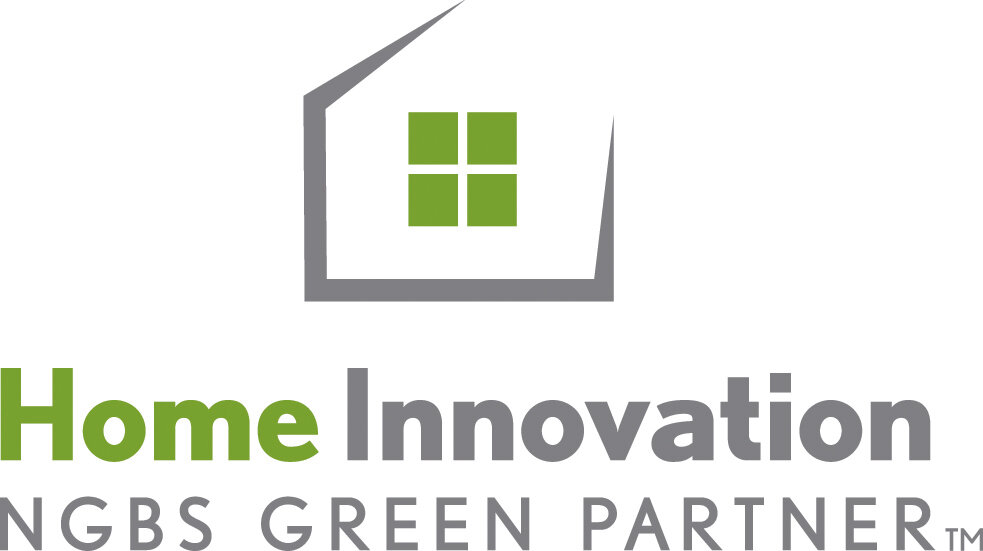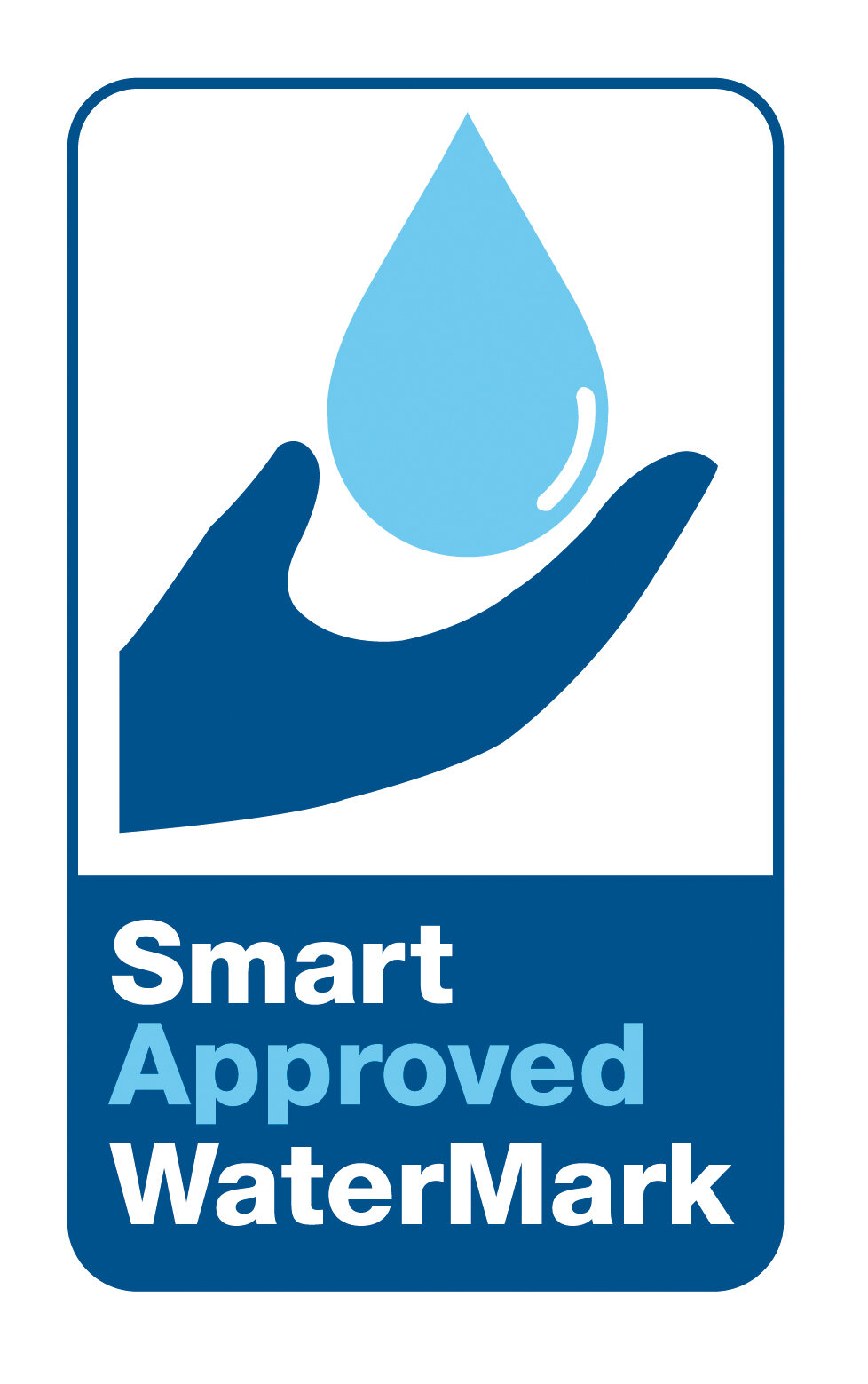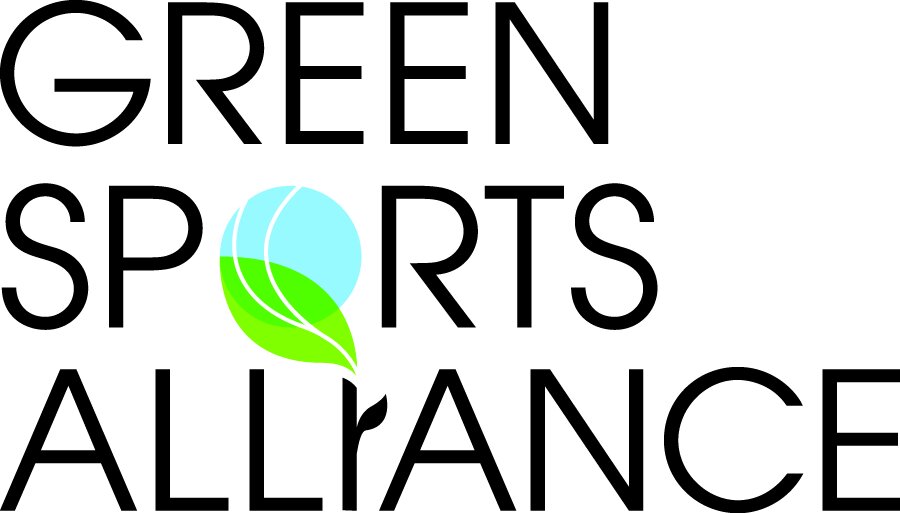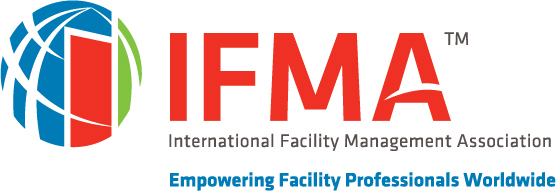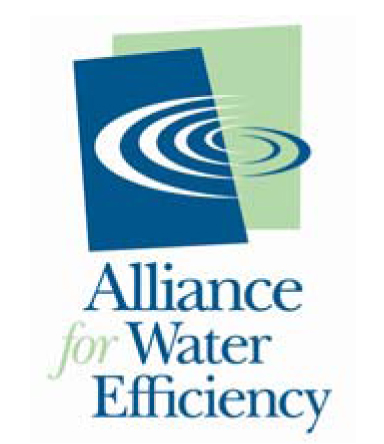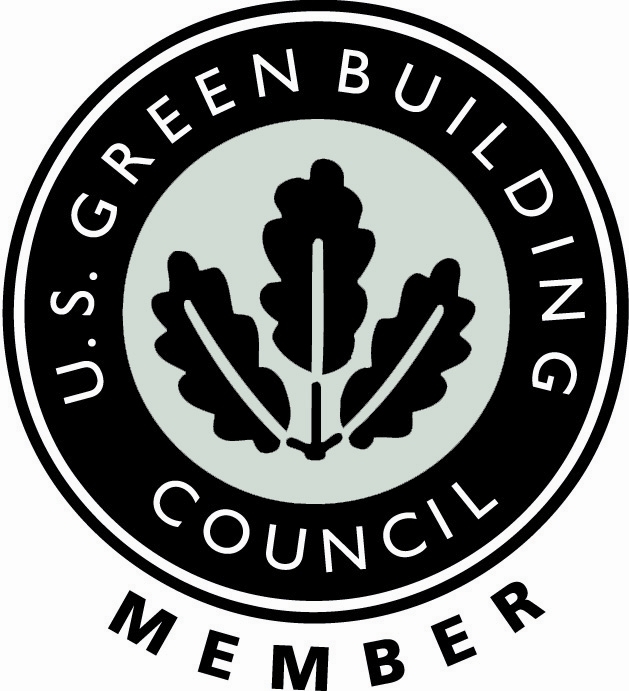Trier University of Applied Sciences, a beacon of academic excellence, has become one of Germany's most esteemed universities. Nestled near Luxembourg and France, the University boasts 85 college degree programs, spread across three campuses, and a vibrant student body of over 7,000. This places it among the largest universities of applied sciences in Europe.
Within the esteemed Trier University system, the Birkenfeld Environmental Campus (BEC) stands out with its unique achievements. It has earned the title of the "greenest university" in Germany, a recognition it achieved through, among other things, its remarkable water reduction and management systems.
Their accomplishments were detailed in a study published on June 1, 2021.*
The study, Innovative Water Management at the Environmental Campus Birkenfeld, showcases the campus's use of existing as well as cutting-edge technologies and equipment, such as waterless urinals, low-flow toilets, automated and high-efficient faucets, to substantially produce water and energy savings, as well as reduce greenhouse gas emissions.
The reduction in greenhouse gas emissions results from less water needing to be pumped, delivered, and removed from the campus.
Of particular focus in the study were the waterless urinals. According to the study, the BECs' existing flush urinals were replaced, one by one, with waterless urinals. As of the study's publication date, "60 percent of them have been replaced with waterless urinals with more added each year."
The researchers added that "The waterless [urinal] systems are desirable for regions with water shortages and high-water costs."
Further, the authors pointed out that the hygienic advantages of waterless urinal systems should be emphasized. These systems "produce significantly less bacterial and mold contamination" landing on nearby surfaces compared to conventional flush urinals.
The researchers are referring to 'urinal plume' - the release of bacteria and germs when urine mixes with water in conventional urinals. This causes droplets to become airborne, landing on nearby surfaces and the actual urinal user. Waterless urinals reduce plume because they contain no stored water, a benefit "appreciated by cleaning staff."
It was also noted that BEC found that the "waterless urinals pay for themselves after a few months to a few years compared to conventional [flush] systems [due to] water savings, reduced operating costs, and a reduction in cleaning and maintenance needs.”
In most cases, it has been found that the return on the investment (ROI) of waterless urinals – the point at which the cost savings equal or surpass the costs to select and install the waterless urinals – is about two years.
While installing waterless urinals stood out because the water savings were so significant and quickly accomplished, this was just one part of BEC's water reduction and management systems. The other ways the campus reduced water consumption were the following:
• Replacing conventional flush toilets with vacuum toilets. Most often found on airplanes, these toilets use suction to remove waste.
• Rainwater was collected and stored in two large underground tanks; the rainwater was then used for irrigation, building services, and to flush conventional toilets and urinals.
• The water grid on the campus was closely monitored using smart sensing systems. These systems help detect water leaks in real time, allowing for quick repairs and preventing water wastage.
• BEC initiated regular water information sessions and educational events for newly enrolled students, educating them on the steps the campus is taking to reduce water consumption, and most importantly, the steps new students can take to reduce water consumption.
• Water efficiency standards were established for mechanical systems and appliances that utilize water. Systems failing to meet these standards are replaced progressively over time.
The study concludes that the BEC should be honored because it effectively reduced water consumption and improved water efficiency. This was primarily accomplished by using an "interdisciplinary approach," which involved selecting technologies proven to reduce water usage, educating students and staff on water conservation and water efficiency, and extensive research, looking for innovative ways not only to reduce but also recover water so it can be used for other purposes.
All we can say is, congratulations!
-Klaus



